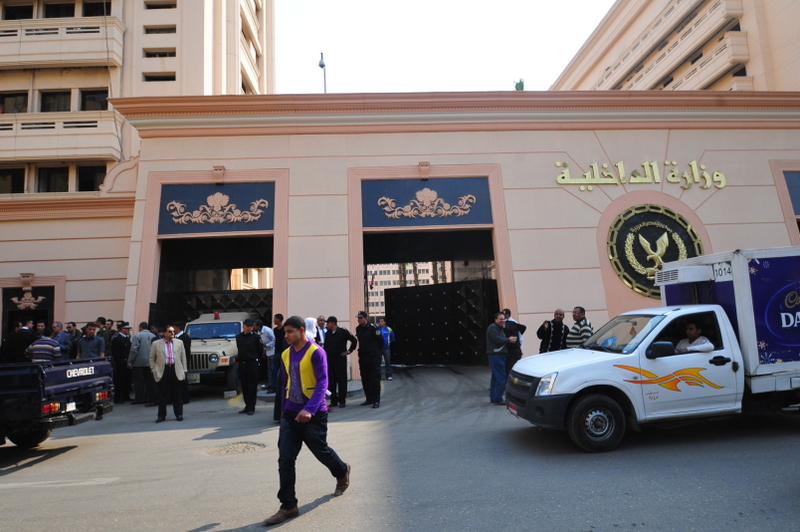JERUSALEM: "What now?" asks the final line of Lea Goldberg’s poem on the heavenly and earthly Jerusalems. Those of us in the earthly metropolis know that the dualistic divide isn’t representative, and that there are many more than two Jerusalems between heaven and earth and within the east and west of the contemporary capital.
My Jerusalem is inevitably a reflection of my situation as a Jewish-Israeli, an American-born woman who has lived in Israel for almost forty years. Teaching rhetorical analysis, peace education, and Shakespeare studies at the David Yellin College of Education in Jerusalem situates me within a microcosmic Jerusalem, a college with both secular and religious, Jewish- and Palestinian-Israeli students and lecturers.
Israel offers two geographic identities as a Mediterranean and as a Middle Eastern country. Tel Aviv is its Mediterranean capital while Jerusalem, less than an hour’s drive distant, is in the Middle East. I think that the beginning of an answer to Lea Goldberg’s question lies in that recognition. Jerusalem’s complexity is a reality I embrace by choice.
For me, living in Israel-and more particularly, in Jerusalem-is an expression of radical hope, a term coined by the philosopher and psychoanalyst Jonathan Lear to conceptualize a way forward for societies that face the devastation of their culture and way of life. This "hope", according to Lear, is not based on any specific vision of the future; rather, it is an act of courage and imagination that conceives a future goodness despite lacking the appropriate concepts with which to understand it. For me, one resonant moment signposting that "future goodness" was at a recent demonstration led by young Palestinian- and Jewish-Israelis chanting in both Hebrew and Arabic that "Arabs and Jews refuse to be enemies". Perhaps that is a new path to follow out of the competitive victim/victimizer dead-end of our post-traumatic societies.
My Jerusalem includes teaching Shakespeare in Hebrew to students reading the plays in Hebrew, Arabic or Russian. Using the English original and various filmed versions of, for example, The Merchant of Venice, my students, native Israelis (Palestinian and Jewish), and children of recent immigrants from Russia and from Ethiopia, discuss the representation of the Jew in the play and whether it is anti-Semitic. My college teaching also includes a seminar in narrative analysis and peace education where students research a topic of their choice related to the seminar’s focus. Currently, for example, one Jewish-Israeli student is researching peace education at the college level while a Palestinian-Israeli fellow student is studying an exchange program between her Muslim village in the Galilee and a Jewish school in Eilat.
In a different course on academic writing, one of my students is researching the origins of Palestinian folk ballads and another is writing about agricultural imagery in Jewish art. The presentations of their work-in-progress found them engaged by each other’s research in a way that surprised them, in a cultural exchange on music and on art that generated much more than an hour’s conversation both for the presenting students and their peers, and, of course, for me.
Jerusalem offers this potential for multicultural living. It isn’t automatic, of course; not simply a function of one’s address. It is not impossible to live in mixed-population Jerusalem as one does in predominantly Jewish Tel Aviv. Jerusalem’s hybridity offers a potential difference that one can choose. For me, the gift of Jerusalem is in the practical possibility of somewhat shared lives, not as part of a co-existence project but as a function of my daily life.
As a final example of that daily gift, I’ll briefly mention a "dialogue-and-action group" in which I participated for two years. It was initiated by two lecturers at David Yellin College during the first weeks of the second Intifada in October 2000. The group initially focused on maintaining academic goals while remaining responsive to students during this especially volatile time, but events led us also to intense personal dialogue and exchange. The trusting friendships and collegial relationships forged in the fire of that time continue to lead and shape the college today in the on-going collaboration of participants, several years after the formal end of the group’s work.
Perhaps protestors’ chants and college seminar papers don’t seem like much of a foundation, but that is my Jerusalem today, lit by the bright light of Jonathan Lear’s radical hope for a better future.
Dr. Nita Schechet is a senior lecturer at the David Yellin College of Education in Jerusalem. She is the author of the recently published Disenthralling Ourselves: Rhetoric of Revenge and Reconciliation in Contemporary Israel. The poem by Lea Goldberg can be found in Selected Poetry and Drama, trans. Rachel Tzvia Back. The concept of "radical hope" is taken from Jonathan Lear, Radical Hope: Ethics in the Face of Cultural Devastation. This article was written for the Common Ground News Service (CGNews) and is part of a series on Jerusalem.

